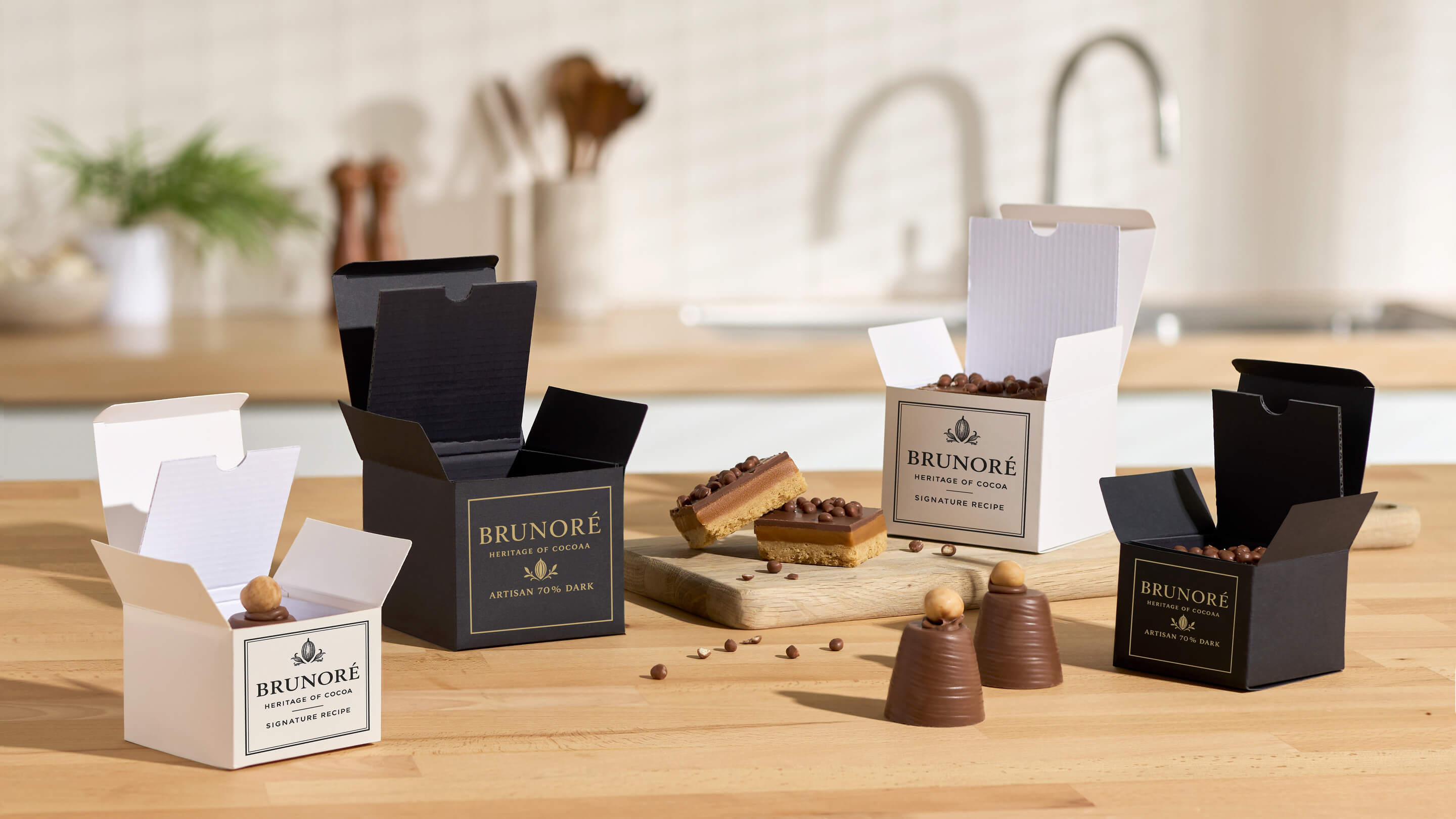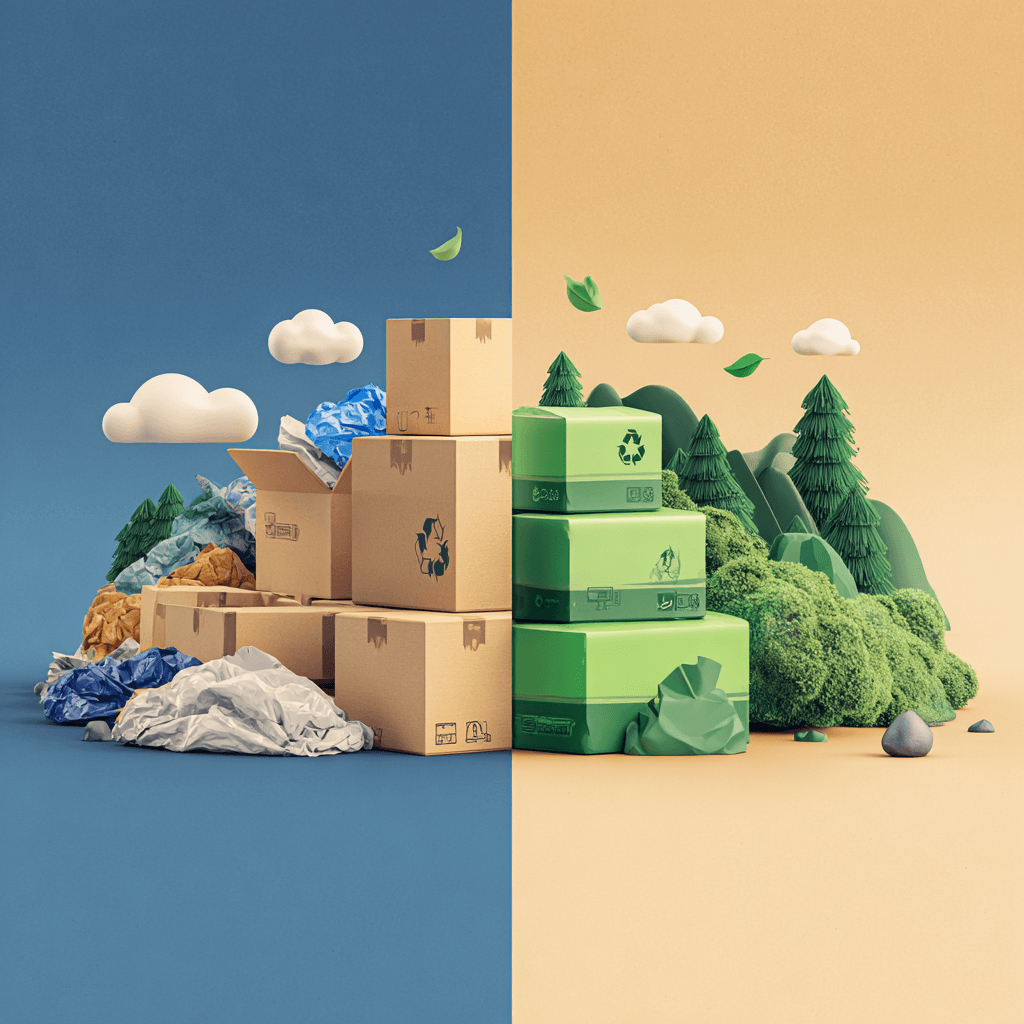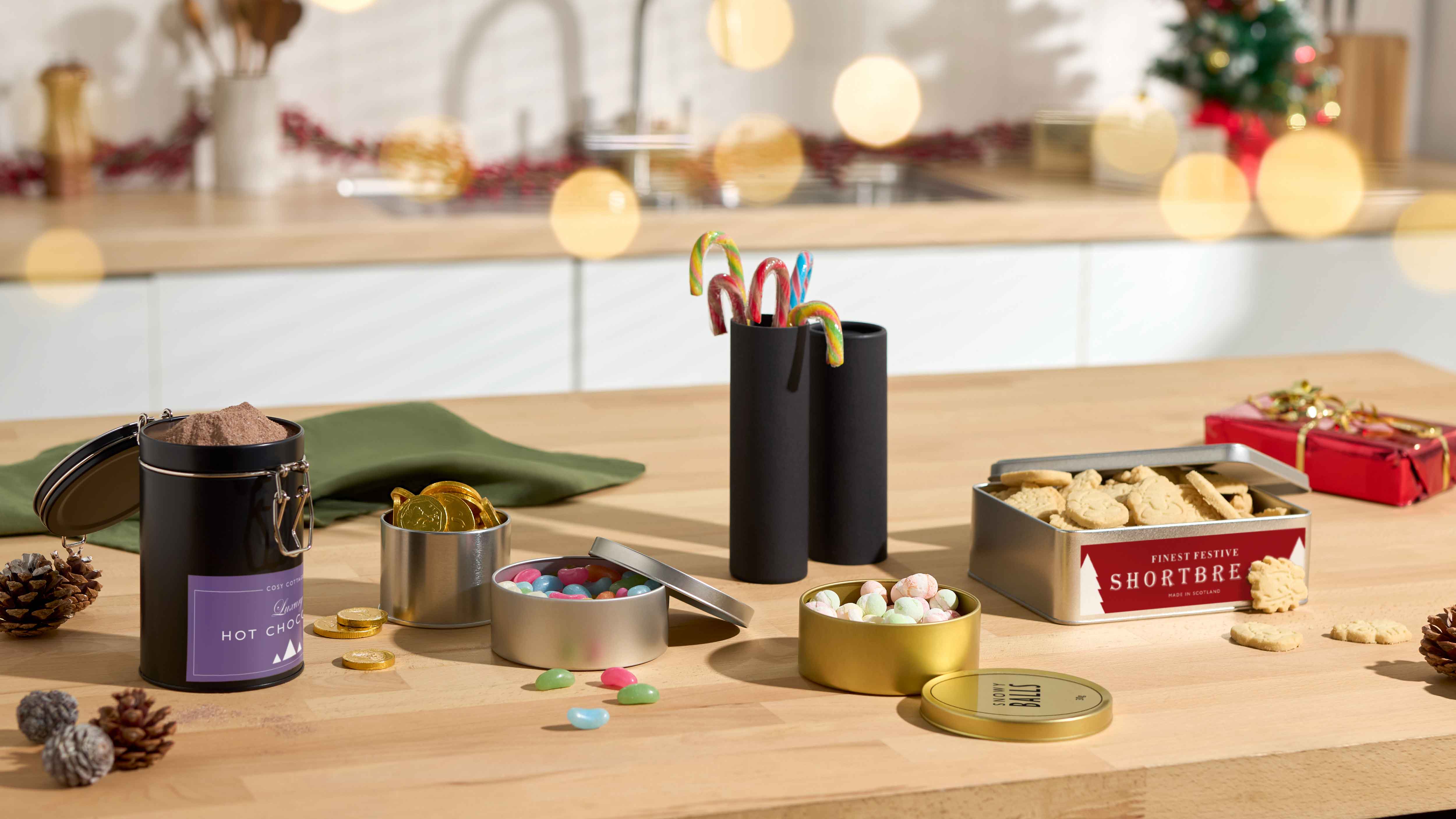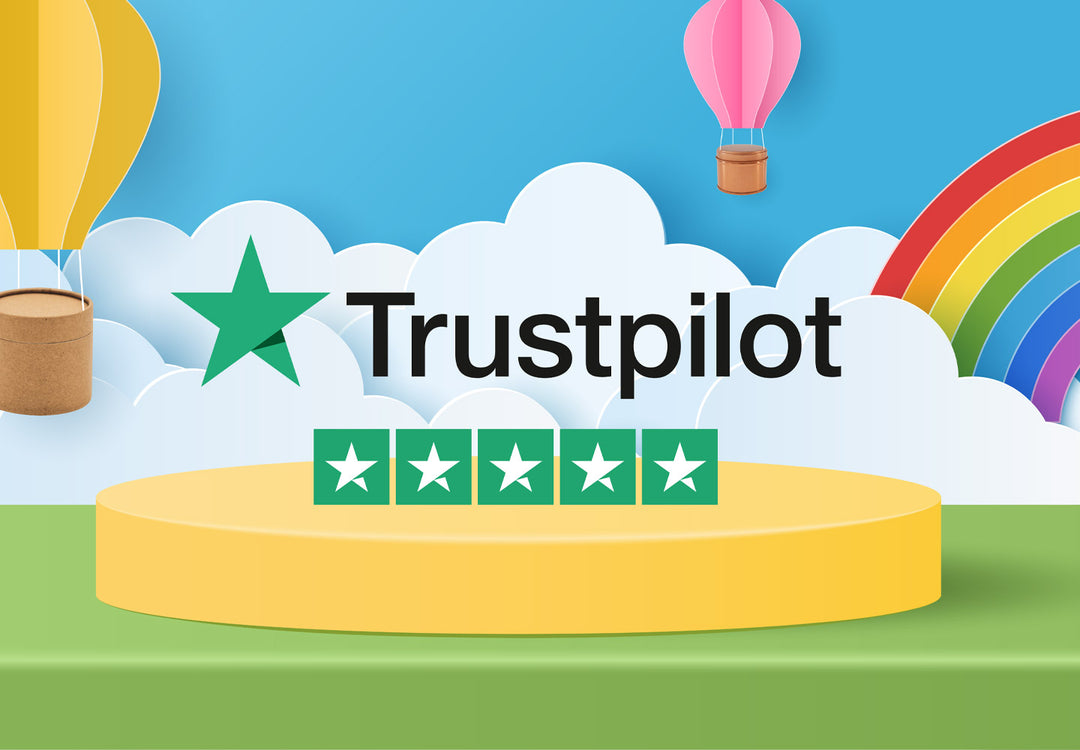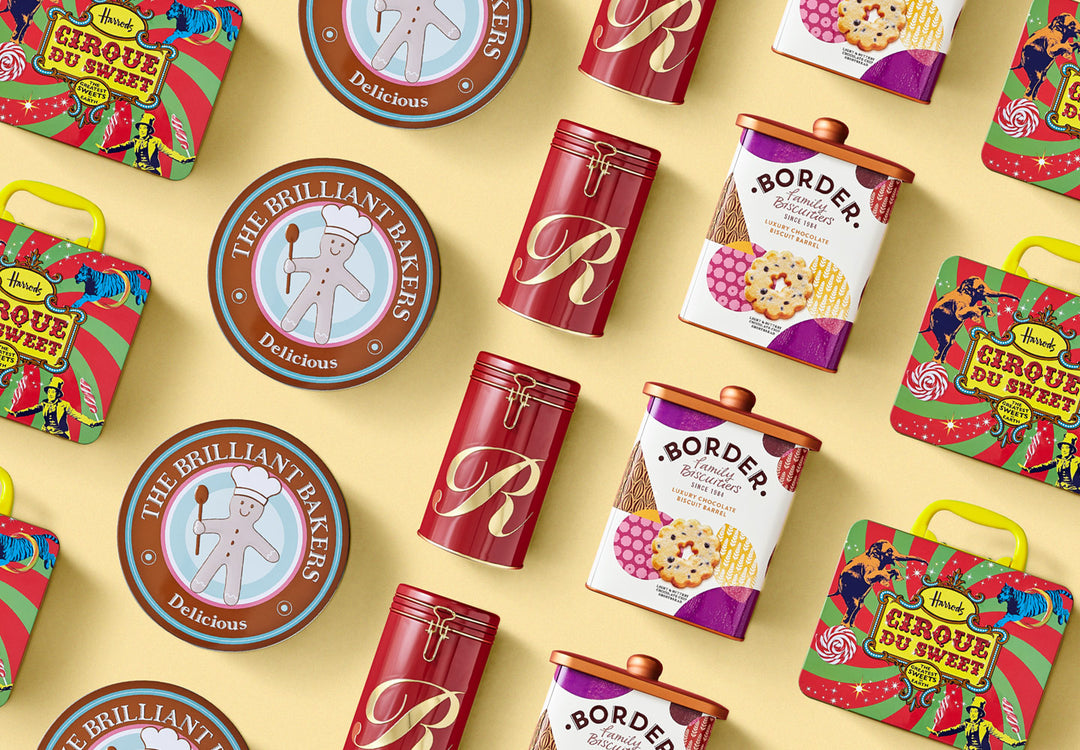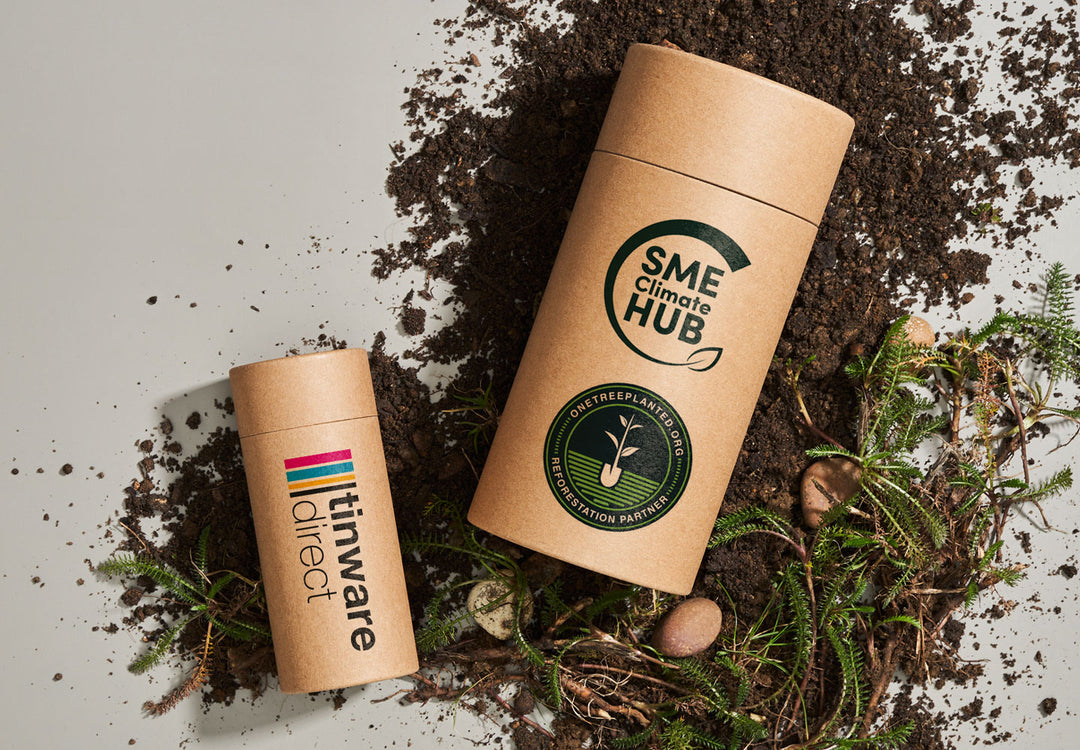The Hidden Costs of Overpackaging (and How Your Business Can Avoid Them)

What is overpackaging?
Overpackaging happens when a manufacturer wraps a product in more layers than it truly needs. In some cases, those extra layers may be necessary to preserve freshness, provide food safe protection, or safeguard delicate items. But in many cases, overpackaging is taken too far, often to protect the product or for aesthetic reasons.
A common example is using boxes that are too large, which then requires extra filler material to stop the product from shifting during transport. Choosing smarter packaging options is often a more efficient solution.
How Does Overpackaging Affect Your Business?
In many cases, the packaging ends up weighing more than the product itself. Shipping items in bulk adds significant costs over time. Since shipping and storage fees depend on both weight and size, unnecessary packaging directly reduces profits. For businesses looking for cost-effective packaging solutions, keeping these costs low is essential.
However, the impact goes beyond finances. Overpackaging has a serious environmental impact. The OECD’s Global Plastics Outlook says that packaging makes up about 40% of global plastic waste. This is around 142 million tons each year. Europe alone contributes 42 million tones. These numbers show that reducing packaging is not just a business choice, it's part of our global responsibility.
More consumers want to support brands that use sustainable packaging. They prefer recycled materials and paper packaging over excess plastic. By using eco-friendly packaging and recycling plastics in your supply chains, you lower your carbon footprint. This also helps you build trust and credibility with your customers. People are drawn to companies that share their values, and green packaging is quickly becoming one of the most important expectations.
How Can These Changes Impact The Future of Your Business
Governments are already tightening regulations around environmental responsibility, while influential organisations such as the World Economic Forum help shape the global conversation and encourage businesses to take action. Businesses that start adapting now will find it much easier to comply with these new rules as they come into force, avoiding costly adjustments later on.
At the same time, embracing sustainable packaging creates opportunities. Larger retailers and manufacturers often like to work with businesses that have similar sustainability goals. This helps improve their eco strategies and marketing efforts. Positioning yourself as part of this movement opens doors to collaborations, partnerships, and new customers.
How to Avoid Overpackaging: Practical Tips for Businesses
-
The most cost-effective approach is to design products that fit within standard packaging dimensions. If your product happens to be slightly larger or smaller than what’s commonly available, it’s worth considering a bespoke option. Custom packaging that matches your product’s exact size will not only reduce waste but also give a more professional, tailored look.
-
Minimise layers by choosing high quality packaging from the start. For example, tin containers, tin pots, or aluminum tins are already durable enough to protect the product on their own, so there’s usually no need for extra wrapping or protective layers. Simpler packaging solutions means less material, less cost, and a better experience for your customers.
-
Think about multi-functional packaging that goes beyond its first use. Tins, for example, can be used as storage containers once the product has been enjoyed. With a wide variety of sizes and shapes available, they offer great value to your customers even long after purchase and that adds to the overall appeal of your brand.
-
Cut out the unnecessary extras and invest that budget into improving the quality of your product and packaging instead. A high quality product paired with durable, eco friendly packaging will do far more for your business in terms of customer loyalty, reputation, and trust. In the end, these are the things that truly set a business apart and drive long-term success.
Conclusion
In the end, overpackaging is not just a hassle. It is a hidden cost for your business. It also harms the environment and worries your customers. By taking practical steps to reduce unnecessary layers, explore reusable packaging options, and choose smarter green packaging materials, you can transform packaging into a true asset rather than a liability.
Reducing overpackaging is a way to prove that your brand cares about quality, efficiency, and the bigger picture.
